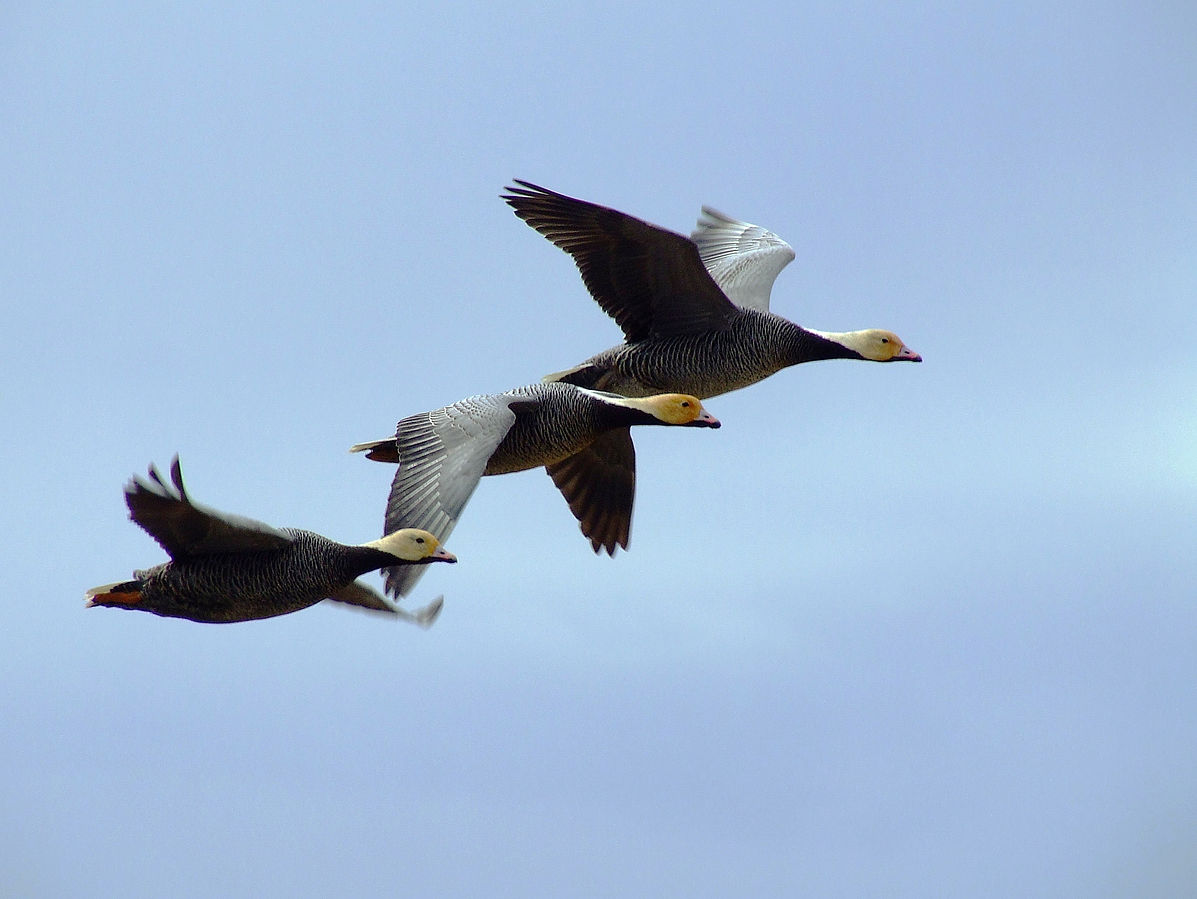
The aerial survey of the Red Book species of white-necked geese has been completed in the region as part of the all-Russian program, the Chukotka news agency reported on August 6.
Aerial observations were carried out using the Sterkh-S1 aircraft. The two-seater glider flies at low altitudes and is suitable for counting birds.
According to a researcher at the Russian Bird Ringing Center of the Institute of Ecology and Evolution named after A.N. Severtsova Sofia Rosenfeld, there are very few white-necked birds in the linniki, almost none. This is a rare endangered species that we share half of with Alaska. Most of them live there and are very dependent on our assessments, because they protect them or hunt them. And it is very important for them to know our indicators, because many birds from Alaska fly to Russia to molt. Few white-necked birds nest here, and many more molt. And the difference, this percentage, is important to understand how many there are in general.
According to previous data, 5,491 white-collar workers were counted. This year, the accounting materials are still being processed and the data will be published later.
The snow goose is a medium-sized bird with a short, thick neck. The weight of adult males varies from 2.8 to 3.1 kg, and females weigh on average about 2 kg. The male and female are the same colour. The plumage of the back and wings is bluish-grey with black cross-bars. The head and nape are white. The throat and front of the neck are brown. The belly is dark grey, the sides are ash-grey with black stripes. The legs are reddish or orange, and the beak is pink.
Source: Rossa Primavera
I am Michael Melvin, an experienced news writer with a passion for uncovering stories and bringing them to the public. I have been working in the news industry for over five years now, and my work has been published on multiple websites. As an author at 24 News Reporters, I cover world section of current events stories that are both informative and captivating to read.
